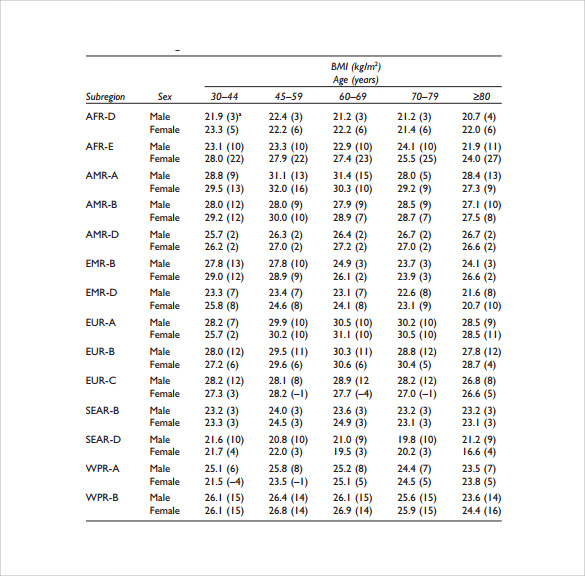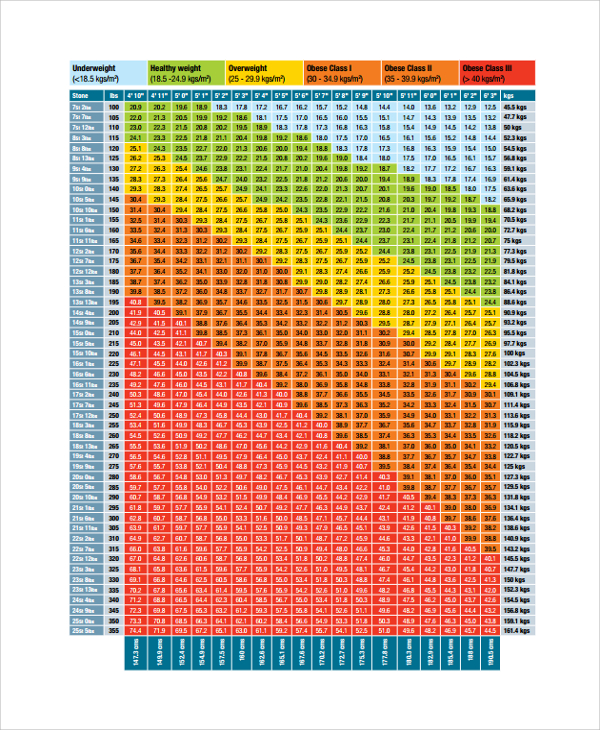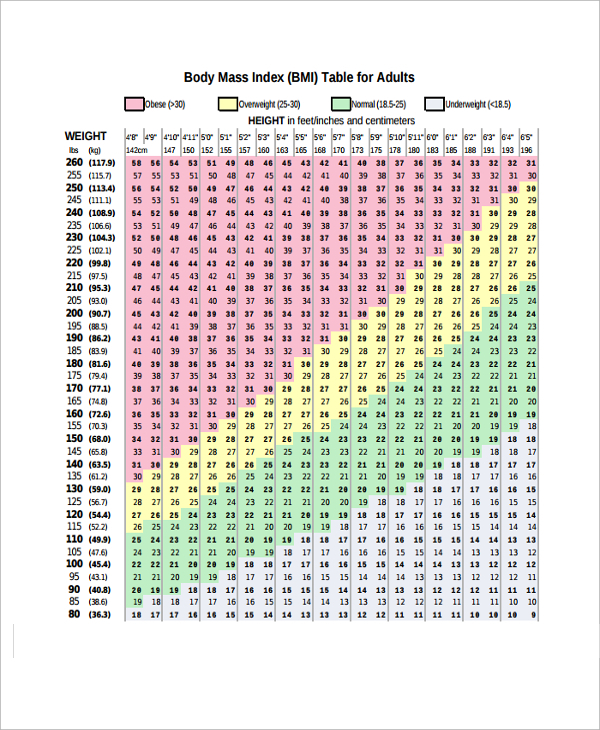

Higher levels of LDL cholesterol, which is widely considered "bad cholesterol," lower levels of HDL cholesterol, considered to be good cholesterol in moderation, and high levels of triglycerides.Below is a list of said risks, according to the Centers for Disease Control and Prevention (CDC): Chart for boysĬhart for girls Risks associated with being overweightīeing overweight increases the risk of a number of serious diseases and health conditions. The Centers for Disease Control and Prevention (CDC) BMI-for-age percentiles growth charts. CategoryīMI chart for children and teens, age 2-20

The Centers for Disease Control and Prevention (CDC) recommends BMI categorization for children and teens between age 2 and 20. The dashed lines represent subdivisions within a major categorization.īMI table for children and teens, age 2-20 This is a graph of BMI categories based on the World Health Organization data. It is used for both men and women, age 20 or older. This is the World Health Organization's (WHO) recommended body weight based on BMI values for adults. Refer to the table below to see the different categories based on BMI that are used by the calculator. Being overweight or underweight can have significant health effects, so while BMI is an imperfect measure of healthy body weight, it is a useful indicator of whether any additional testing or action is required. These ranges of BMI vary based on factors such as region and age, and are sometimes further divided into subcategories such as severely underweight or very severely obese. Specifically, the value obtained from the calculation of BMI is used to categorize whether a person is underweight, normal weight, overweight, or obese depending on what range the value falls between. It is widely used as a general indicator of whether a person has a healthy body weight for their height. Note that the calculator also computes the Ponderal Index in addition to BMI, both of which are discussed below in detail.īMI is a measurement of a person's leanness or corpulence based on their height and weight, and is intended to quantify tissue mass. Use the "Metric Units" tab for the International System of Units or the "Other Units" tab to convert units into either US or metric units. The Body Mass Index (BMI) Calculator can be used to calculate BMI value and corresponding weight status while taking age into consideration.
#TEEN BMI CALCULATOR PDF#
If you experience problems with PDF documents, please download the latest version of the Reader. Note: Documents in PDF format require the Adobe Acrobat Reader. Or, take the printable version of the Portion Distortion Quiz (637 KB). We call it portion distortion.Ĭheck out these examples of how larger portions lead to increased calories: Comparison of Portions and Calories 20 Years Ago to Present Day 20 Years Agoįor more examples, go to the Portion Distortion page. Growing portion sizes are changing what Americans think of as a "normal" portion at home too. Portion DistortionĪverage portion sizes have grown so much over the past 20 years that sometimes the plate arrives and there's enough food for two or even three people on it.
#TEEN BMI CALCULATOR HOW TO#
For help using the Nutrition Facts label, download our How to Use the Nutrition Facts Label tip sheet (107 KB) or visit the U.S. Click on the NHLBI Serving Size Card (119 KB) for examples.

Look at serving sizes on the nutrition label. A 3-ounce bag of chips, which some would consider a single portion, contains 3 servings. tells you the number of servings in the container.įor example, look at the label of a 20-ounce soda (usually consumed as one portion). The Nutrition Facts label on packaged foods, on the backs of cans, sides of boxes, etc. Many foods that come as a single portion actually contain multiple servings. It can be big or small, you decide.Ī serving is a measured amount of food or drink, such as one slice of bread or one cup (eight ounces) of milk. Serving Sizes and Portions Portions and Servings: What's the Difference?Ī portion is the amount of food that you choose to eat for a meal or snack. Materials for Ethnically Diverse Populations.Materials to Share With Children and Teens.Resources About Public Programs and Policy.


 0 kommentar(er)
0 kommentar(er)
